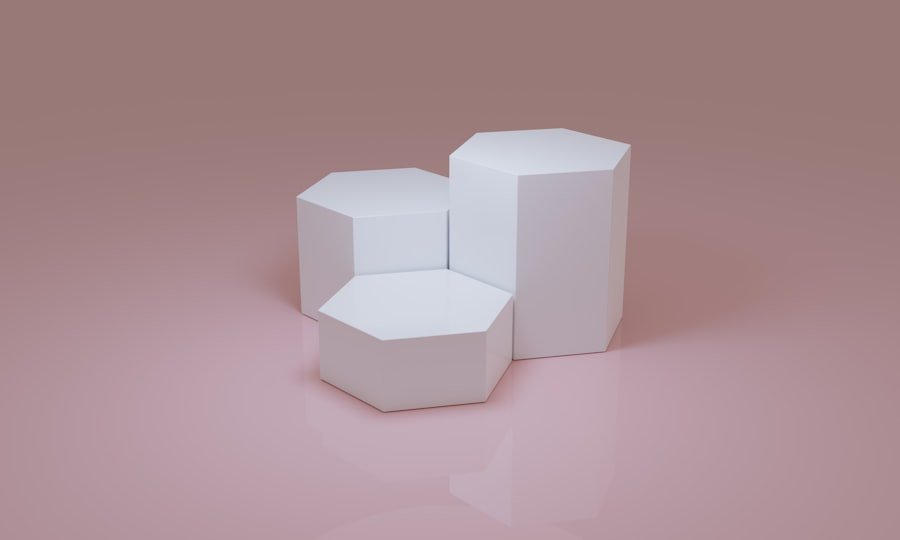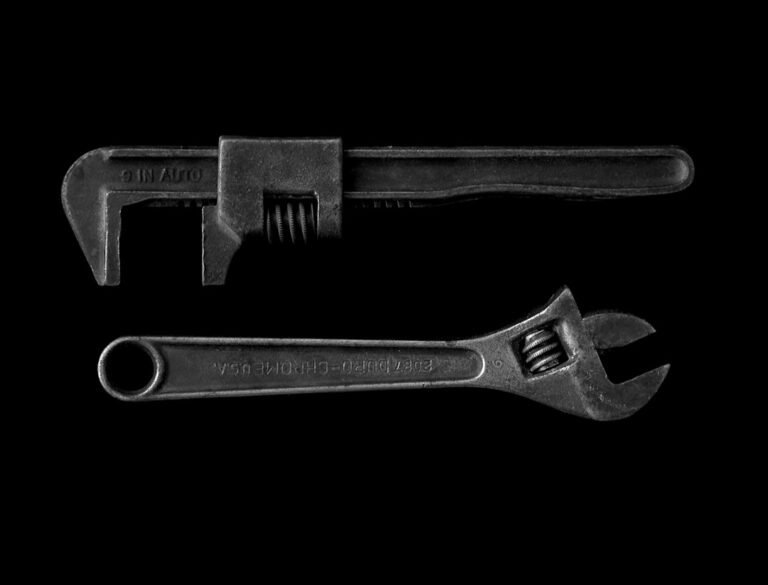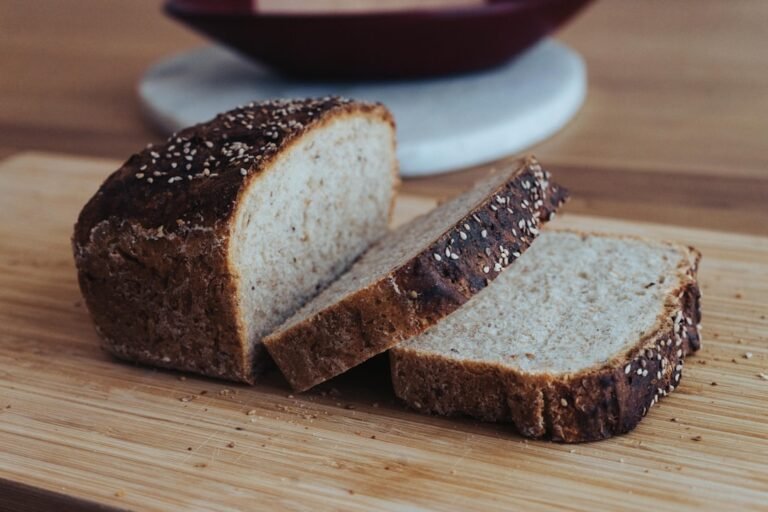Geometry tools are essential instruments for individuals studying or working in mathematics, engineering, architecture, and design. These tools are utilized to measure, draw, and construct various geometric shapes and angles with precision and accuracy. The most commonly used geometry tools include compasses, protractors, and rulers, each serving a specific purpose in geometric constructions and measurements.
Compasses are used to draw circles and arcs, as well as to measure and transfer distances. They consist of two legs connected at a hinge, with one leg typically holding a pencil or pen and the other having a sharp point for anchoring. Protractors are semicircular or circular instruments used to measure and draw angles.
They are typically marked with degree measurements from 0 to 180 degrees (for semicircular protractors) or 0 to 360 degrees (for circular protractors). Rulers are straight-edged tools used for measuring lengths and drawing straight lines. They come in various lengths and can be marked with different units of measurement, such as inches, centimeters, or millimeters.
Effective use of these tools is crucial for creating accurate diagrams, blueprints, and designs. When working with geometry tools, it is important to maintain their cleanliness and proper calibration to ensure precise measurements and constructions. Common mistakes to avoid include misreading measurements, applying excessive pressure when drawing, and failing to secure the tools properly during use.
Mastering the use of geometry tools is fundamental for anyone working with geometric concepts, as they provide the means to translate theoretical knowledge into practical applications in various fields.
Key Takeaways
- Geometry tools are essential for accurately measuring and drawing shapes and angles.
- The compass is used for drawing circles and arcs, and can also be used to measure distances.
- The protractor is used to measure and draw angles, and comes in both half-circle and full-circle versions.
- The ruler is used for measuring and drawing straight lines, and comes in both standard and metric units.
- When using geometry tools, it’s important to handle them carefully and store them properly to ensure their longevity and accuracy.
Understanding the Compass
Basic Operation
To use the compass, the sharp point is placed on the paper at the center of the desired circle, and the other arm is rotated around it to draw the circle. The compass can also be used to transfer measurements and create precise angles.
Best Practices
It is important to hold the compass firmly in place while drawing to prevent any wobbling or slipping that could result in an inaccurate circle or arc. Additionally, it is crucial to adjust the compass to the correct radius or measurement before drawing to ensure the desired size and shape of the circle. The sharp point of the compass should be used carefully to avoid tearing or puncturing the paper, and the pencil or pen should be kept sharp to create clean, precise lines.
Importance in Geometry
Mastering the use of the compass is essential for anyone working with geometric shapes and constructions, as it allows for accurate and consistent measurements and drawings. Understanding how to use the compass effectively is vital for creating accurate geometric constructions and diagrams.
Mastering the Protractor

The protractor is a geometry tool used to measure and draw angles with precision. It consists of a semicircular disk marked with degrees from 0 to 180, with a center point for aligning with the vertex of the angle being measured or drawn. To measure an angle, the center point of the protractor is placed at the vertex of the angle, and the arms of the angle are aligned with the straight edge of the protractor.
The measurement can then be read from the scale on the protractor to determine the size of the angle. When using a protractor to draw an angle, the center point is placed at the vertex of the angle, and a line is drawn along one edge of the protractor to create the desired angle. Mastering the use of a protractor requires careful alignment and attention to detail to ensure accurate measurements and drawings.
It is important to place the center point of the protractor precisely at the vertex of the angle and to align the arms of the angle with the scale on the protractor without any gaps or overlaps. When drawing an angle with a protractor, it is important to hold it firmly in place to prevent any shifting or slipping that could result in an inaccurate angle. Understanding how to use a protractor effectively is essential for anyone working with geometric angles and constructions, as it allows for precise measurements and drawings.
Utilizing the Ruler
| Measurement | Value |
|---|---|
| Length | 10 inches |
| Width | 2 inches |
| Accuracy | 0.1 inch |
The ruler is a basic geometry tool used for measuring and drawing straight lines and shapes. It consists of a straight edge marked with units of measurement such as inches or centimeters. To measure with a ruler, it is important to align one end of the object being measured with the zero mark on the ruler and read the measurement at the other end.
When drawing with a ruler, it is important to hold it firmly in place and use a sharp pencil or pen to create clean, straight lines. The ruler can also be used in conjunction with other geometry tools such as the compass and protractor to create more complex geometric constructions. When using a ruler, it is important to hold it firmly in place while measuring or drawing to prevent any shifting or slipping that could result in inaccurate measurements or lines.
It is also crucial to use a sharp pencil or pen to create clean, precise lines without any smudging or smearing. Understanding how to use a ruler effectively is essential for anyone working with geometric shapes and constructions, as it allows for accurate measurements and drawings of straight lines and shapes.
Tips for Using Geometry Tools
When using geometry tools, it is important to work on a flat surface with good lighting to ensure accurate measurements and drawings. It is also helpful to use high-quality paper that can withstand repeated use of sharp points and edges without tearing or smudging. Keeping geometry tools clean and well-maintained is essential for their effective use, so it is important to regularly sharpen pencils and pens, clean compass points, and store tools in a protective case when not in use.
When using a compass, protractor, or ruler, it is important to take your time and work carefully to ensure accurate measurements and drawings. It can be helpful to practice using these tools on scrap paper before working on a final project to become more comfortable and proficient with their use. Additionally, it is important to double-check measurements and angles when working on geometric constructions to ensure accuracy and precision.
Common Mistakes to Avoid

Applying Too Much Pressure
One common mistake is applying too much pressure when drawing with a compass or ruler, which can result in torn or smudged paper. It is important to use a light touch when drawing with these tools to create clean, precise lines without damaging the paper.
Misaligning Angles
Another common mistake is misaligning angles when using a protractor, which can result in inaccurate measurements and drawings. It is important to take care when aligning angles with a protractor to ensure accuracy and precision.
Additional Tips for Accurate Drawings
Using dull pencils or pens when working with geometry tools can also lead to smudged or unclear lines, so it is important to keep writing instruments sharp for clean drawings. Additionally, not adjusting the compass or protractor carefully before use can result in inaccurate measurements and drawings, so it is important to take time to set up these tools properly before working on geometric constructions.
Conclusion and Further Resources
In conclusion, geometry tools are essential instruments for anyone working with geometric shapes and constructions. Understanding how to use these tools effectively is crucial for creating accurate measurements and drawings of circles, angles, and straight lines. By mastering the compass, protractor, and ruler, individuals can work with precision and accuracy in their mathematical, engineering, architectural, or design projects.
For further resources on using geometry tools effectively, there are many online tutorials and instructional videos available that provide step-by-step guidance on using compasses, protractors, rulers, and other geometry tools. Additionally, there are books and manuals dedicated to teaching individuals how to work with these tools effectively in various fields such as mathematics, engineering, architecture, and design. By utilizing these resources and practicing regularly with geometry tools, individuals can improve their skills and proficiency in working with geometric shapes and constructions.
Check out this article on the importance of having the right tools in your geometry box here. It discusses how having the right tools can make a significant difference in your ability to solve geometric problems and achieve success in the subject.
FAQs
What are the common tools found in a geometry box?
The common tools found in a geometry box include a compass, ruler, protractor, set square, pencil, eraser, and sharpener.
What is the purpose of a compass in a geometry box?
A compass is used to draw circles and arcs with a fixed radius.
What is the purpose of a ruler in a geometry box?
A ruler is used to measure and draw straight lines.
What is the purpose of a protractor in a geometry box?
A protractor is used to measure and draw angles.
What is the purpose of a set square in a geometry box?
A set square is used to draw perpendicular and parallel lines.
Why is a pencil included in a geometry box?
A pencil is used for drawing and sketching geometric shapes and figures.
What is the purpose of an eraser in a geometry box?
An eraser is used to correct mistakes and remove unwanted marks on the paper.
Why is a sharpener included in a geometry box?
A sharpener is used to keep the pencil sharp for precise drawing and marking.




















+ There are no comments
Add yours